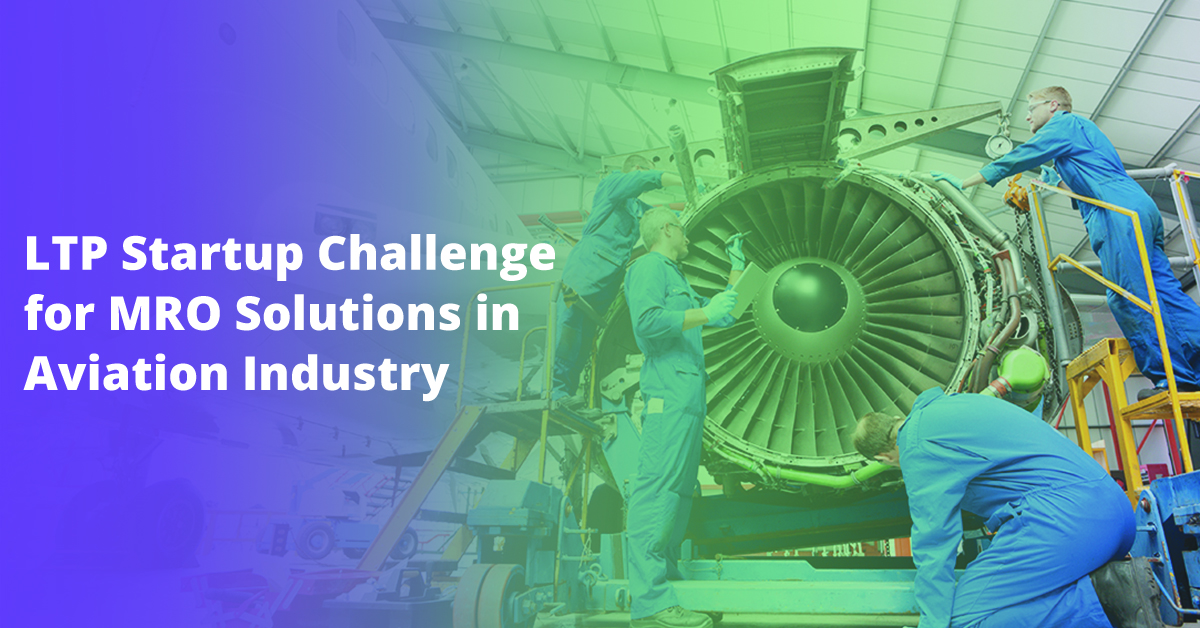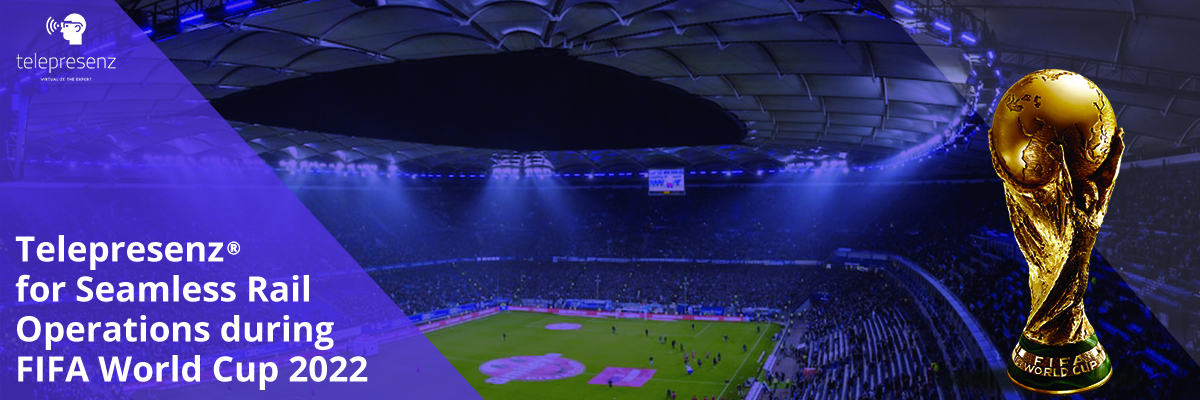Wearables are the latest cutting-edge technology that is becoming commonplace employee items in today’s business world. Organizations are rapidly integrating these wearables in their organizational practice and strategy to maximize their numerous benefits. The uptake for wearables is also increasing – 347 million wearables were sold in 2018 alone; and forecasted by Gartner to reach 504 million by 2021. Interestingly, about 7 percent of these wearables are head-mounted displays (HMDs) which are tailored for hands-free assignments such as inspections, maintenance, and equipment repair. Here are some of the benefits businesses using wearables are already enjoying:
First, why they’re good
- Improve productivity
Wearables are known for their inherent ability to streamline workflow operations. Put simply, wearable devices make work a bit easier and employees more productive. In fact, a study from Entrepreneur shows that employees with wearables are 8.5 percent more productive than those without, and are 3.5 percent more satisfied with their work. Smart glasses, for example, are relieving employees from the need to stop what they are doing to seek remote technical assistance or guidance from experts offsite. These AR-powered, two-way communication smart tools are helping technicians gain better visibility on the field processes across different worksites and locations in real-time, helping them manage field operations better. The end result is delivery of value, customer satisfaction and increased overall productivity of business.
- Improve efficiency
Customers are demanding more speed, transparency, and value for money these days, and that forms the basis for digitizing service operations with wearables. With wearable devices, employees are able to instantly gain diagnosis and resolution of critical issues in the workplace as they happen, thus allowing organizations to improve efficiency in task management. Process efficiencies enhanced by the wearables, in this regard, catapults the overall business performance which is reflected in high bottom-line revenue.
- Enhance safety
Organizations are using wearables to protect their employees working in hazardous environments. Wearables with embedded sensors, for example, can be used gather and analyze data and give real-time alerts to employees in case their physical well-being is at risk. To add, these sensors and sophisticated algorithms have the ability to gauge dangerous situations that can harm an employee; increased heart rate and skin temperature, combined with immobility, signals a heat exhaustion which is fatal.
- Enhance workplace communications
Wearables have changed how employees and customers communicate at workplaces. The entrance of voice-controlled wearables, for example, have quickly replaced the traditional walkie-talkies and overhead announcement devices that were used previously to gain and share crucial information. These innovative, hands-free devices have streamlined operations in organizations, while increasing efficiency and customer service through enhanced communication.
Now, finding the right match
The aforementioned benefits clearly justify the wearables’ increased popularity in many organizations today. As the wearables market grows, many wearables brand offerings are brought into the market, and thus becoming hard for most organizations to determine the right wearables for their employees and work teams. But, it doesn’t have to be such a painstaking process. Below are simplified five steps to help you decide if wearables are a good fit for your business and/or how they will help your business grow.
- Understand Your Industry’s Needs and Quest for Digitalization
Different industries present unique situations that require unique solutions. Taking time to understand your industry’s needs and unique situations that necessitate an upgrade of some kind is critical. Take field service operations, for example, where at times companies struggle to manage their onsite workforce effectively due to information transfer inefficiencies. These companies routinely do remote trainings, inspections, audits, and assessments from afar, and it becomes harder if the information they require to support them exists in offsite locations. In the other instances, employees need SOPs and work orders onsite which naturally exist on paper or spreadsheets, further complicating the workflow due to risk of errors and miscommunication. Not to mention the employees’ need for remote technical assistance from SMEs while on-site, which is never met due to a lack of appropriate field service tools.
In light of the above situation, the need and quest for digitalization of field service operation becomes more apparent for the company. Ideally, pre-built wearables with two-way communication capability should link the field service workers with SMEs located anywhere in the world. That way, the onsite team can consult, diagnose, and resolve any critical issue should it occur anytime. Remember there are wearables out there with live video session capabilities for working teams, augmented reality wearable versions that record live video sessions for training purposes, some can retrieve IoT data, and more.
Depending with your industry, some quick questions to ask yourself as you shop for your next wearable can include:
- Do you have safety concerns for your onsite teams working in risky/dangerous environments?
- Do you need your teams hands-free as they work?
- Do your teams require real-time remote assistance from SMEs at times?
- Do you need a wearable that can anchor to a hard hat or something foldable that can fit in a pocket?
Envision the Solution That You Need on Board
If you thoroughly understand your industry’s digital needs based on a particular scenario(s) that keep recurring, then you do know they kind of solution that you need, at least visually. Workers in an offshore rig, for example, routinely require technical real-time assistance in cases of equipment failure that happens regularly. In such cases, you automatically visualize an intrinsically safe, voice-controlled, hands-free wearable that will help your workers interact with Experts while remaining totally safe.
The fact is, situations are different and so are the solutions, but in an era where companies are adopting wearable technology more aggressively, ask yourself; do you need a connected worker, remote operations, knowledge capture, or smart operations? Each area builds onto one another to create the entire picture. Take a moment to evaluate exactly what you’re looking for so you are prepared to find the best wearables and platform for your team.
There Are Several Wearables Out There to Choose From!
As noted earlier in the post, the market increase and demand for wearable devices has opened a door for different brand offerings. Each wearable brand, in this case, comes with unique capabilities and features, and picking a good fit can be puzzle. The key is to understand the situation that has brought you to the market and the type of solution that you require; the rest – features and capabilities – are cherry on tops and enhancers to your decision.
For oil and gas, mining, petrochemicals, or aviation (airside) industries, for instance, having a hands-free device that is mounted onto a hardhat prefer the intrinsically safe option while other industries may opt for just ruggedized HMDs. Most head mounted tablets fit on hardhats.
For utilities, inspection services, manufacturing, emergency services, or medical industries, having a hands-free device that can attach and detach quickly. The Pocket Wearable can attach to ball caps or visors and also be folded so they can be stored easily within your pocket for use later.
Consider KPIs and Proof of Value
Before investing in wearables for your workforce, it’s important to consider what key performance indicators (KPIs) you want to track, and how you’ll measure the proof of value. By understanding these factors ahead of time, you can make a more informed decision about whether or not wearables are right for your team.
Consider conducting a pilot or trial period to provide your executive team with enough data to understand how KPIs will be met, the ROI wearables with software such as Telepresenz can provide, and tangible proof of value. This will expedite the roll-out phase should your team decide to invest in this technology.
Reach Out to an Industry Expert to Discover More
When it comes to outfitting your workforce with wearables, it’s important to do your research. Reaching out to an industry expert is a great way to get started and learn more about the options that are available. By taking the time to understand the different options and platforms, you’ll be able to make an informed decision about what’s right for your team. Look for a company whose core value is to partner with their customers to develop and deploy solutions that have meaningful and sustainable business impact.
Are you interested in discovering more? Contact one of our experts to discover the easiest to use, most feature rich, and scalable remote operations platform on the market.




